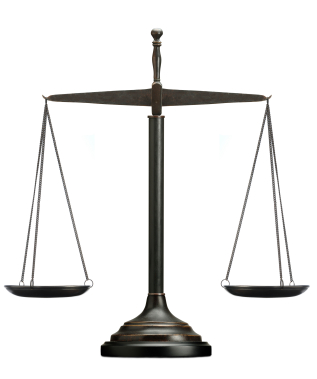The Balance of Payments and Current Account Deficits and Surpluses
The Current Account is rarely exactly balanced. What does it mean when there is a Current Account surplus or deficit? These Current Account deficits and surpluses need to be financed and spend. This is happening in the Capital Account as a result of the Balance of Payments.
Read here our next post on why is the Japanese yen so strong.

Factors contributing to economic crisis and causes for recession.
This article is a second in a series of five that explains the economic concepts of Current Account, Capital Account and Reserve Account and how they relate with foreign debts and public deficits. If you are interested to get an understanding of how the economy works, how money flows between nations and its impact on currency trends and the economic well-being of nations, please read on.
In the previous article, we listed the components of the Current Account. In this article we explain the Balance of Payments and introduce the Capital Account.
Current Account Surplus or Deficit
Japan, Germany and China are examples of countries with a Current Account surplus. The U.S. has a Current Account deficit.
The Current Account shows a balance surplus when the sum of the trade balance, income from assets, payments on liabilities and net cash transfers results in an inflow of money that is greater than the outflow of money.
Countries that export more than import, earn more income on foreign assets than they have to pay on foreign liabilities and receive more cash transfers than that are going out, have a clear Current Account surplus. Even when one of the three components has a surplus that is bigger than the combined deficit for the other two components, the country in total has a surplus.
In the same way, the Current Account shows a Deficit balance when the inflow of money from trade, asset holding and cash transfers is smaller than the outflow of money.
Balance of Payments
The Current Account is mirrored by the Capital Account. A deficit in the Current Account needs to be financed in one way or another by a surplus in the Capital Account. This must be; it cannot be otherwise. A deficit cannot exist without the financing. If there is no financing, there is no money that can be spent and there is no deficit.
In the same way a surplus in the Current Account must be spend in one way or another as a deficit in the Capital Account. The only alternative is maybe to physically burn foreign currencies but that has done no country any good and accountants have probably a way to represent that as well somewhere in the Current or Capital account.
Thus as a formula the Balance of Payments states that:
Current Account + Capital Account = 0
The Capital Account is the difference between money flowing in and out of the country as a result of capital investments.
See our next article in this series for an explanation of the components of the Capital Account and the corresponding money flows.
Read also our other popular posts on the economy:
- The Current Account and How Money Flows
- History of US federal debt as percentage of GDP: Why is this now important?
- Debt or Deficit: are we into trouble compared to other countries?
- Factors contributing to Economic Growth and Causes for Recession and Economic Crisis
- Why is the Japanese Yen so Strong?
Next & Previous Blog Post
- ‹ previous
- 50 of 174
- next ›


